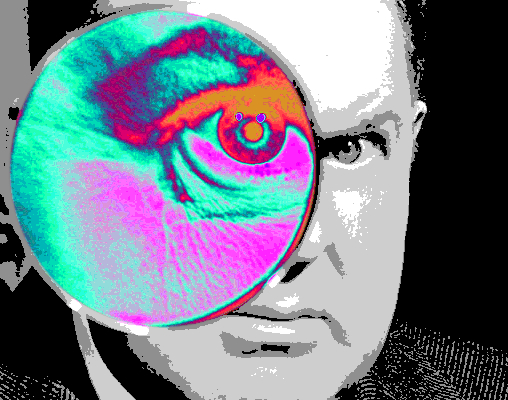Dark matter remains unseen
 A new record has been set in the search for dark matter.
A new record has been set in the search for dark matter.
The LUX-ZEPLIN (LZ) detector, the world’s most sensitive instrument for detecting dark matter, has set new limits in the search for weakly interacting massive particles (WIMPs).
Despite its unprecedented capabilities, the detector found no evidence of WIMPs, but was able to narrow the search for these elusive particles believed to make up 85 per cent of the universe's mass.
Located over a kilometre underground in South Dakota’s Sanford Underground Research Facility, the LZ project is led by the United States Department of Energy’s Lawrence Berkeley National Laboratory.
The experiment involves 250 scientists from 38 institutions globally.
Dr Theresa Fruth of the University of Sydney, who played a key role in commissioning the detector, describes it as “the best asset we have anywhere in the world in our hunt for WIMP dark matter.”
Dark matter, which does not interact with light, is inferred from its gravitational effects on visible matter.
“We wouldn’t exist without this mysterious yet fundamental piece of the universe; dark matter’s mass contributes to the gravitational attraction that helps galaxies form,” Dr Fruth says.
In its latest results, the LZ team found no WIMPs with a mass above 9 gigaelectronvolts per c^2 (GeV/c^2), narrowing down potential characteristics for these particles.
“Finding ‘nothing’ is hugely important in narrowing down where we could find direct evidence of dark matter,’ Dr Fruth said.
The LZ experiment also introduced “salting”, a method that adds fake WIMP signals during data collection to prevent bias.
“There’s a human tendency to see patterns in data, so it’s really important when you enter this new regime that no bias wanders in,” said Scott Haselschwardt, LZ's physics coordinator.
Professor Scott Kravitz, LZ’s deputy physics coordinator, said the search for dark matter is like a treasure hunt: “We’ve dug almost five times deeper than anyone else has in the past.”
As the search continues, the LZ team will refine its focus, exploring lower energy interactions.
Meanwhile, Australia’s SABRE South detector, being built in a gold mine in Victoria, will begin collecting data next year, offering a different approach using sodium and iodine targets.








 Print
Print